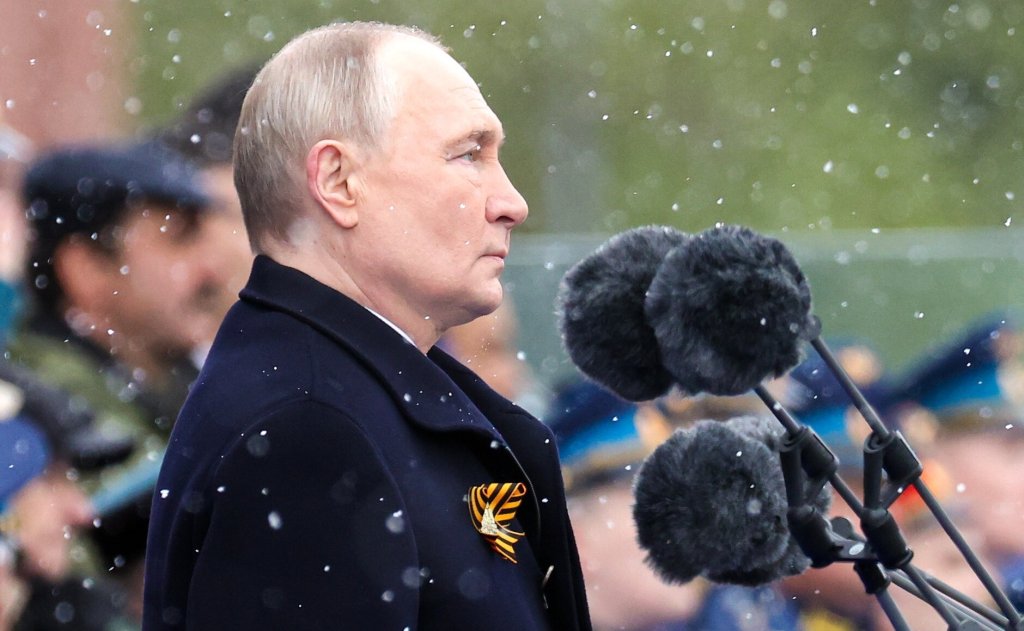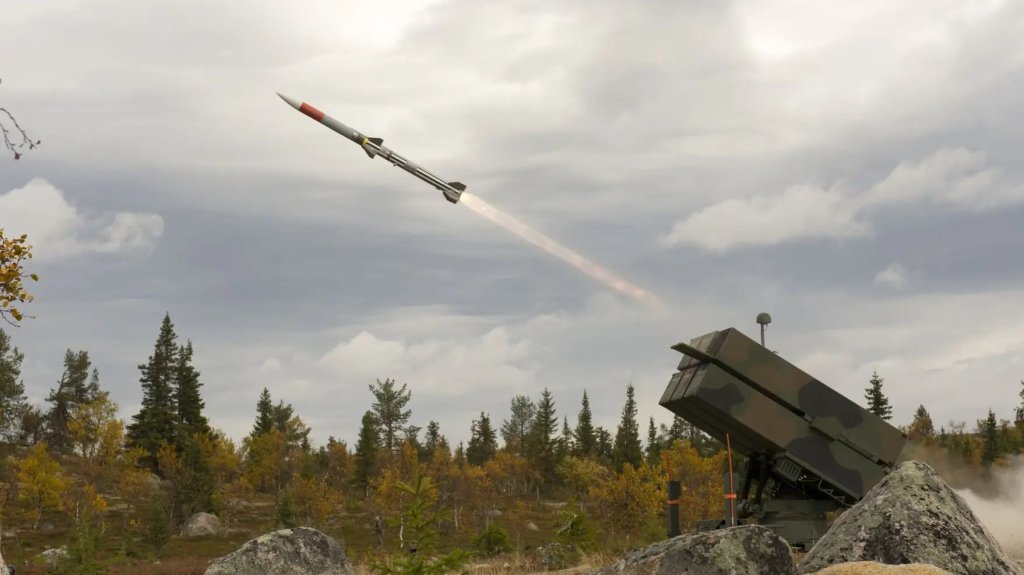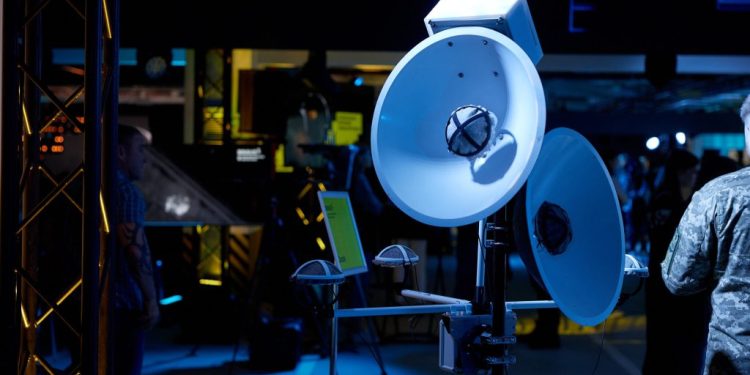NATO turns to the current war in Ukraine for courses while the Alliance is working to move its strategy in the future. Tom GOFFUS, ONA OPERATIVE deputy secretary general, presented five of these lessons during a panel this week at the air and space air forces (AFA) in Aurorado, Colorado.
“I arrived at NATO a month before the invasion, so (I had) a seat in the front row while looking at the whole,” Goffus told the public. “I think it’s a critical subject.”
Previously, Goffus, a former American Air Force F-15 pilot, was political director of the American Senate Armed Services Committee, deputy deputy assistant secretary for European and NATO policies, director of national security and European security personnel, and main military advisor for European and Eurasian affairs in the State Department.
Before revealing his own take -out dishes, Goffus spoke of the value of the network of acoustic sensors in Ukraine for the detection of low altitude detection of drones and cruise missiles.
“Essentially, Ukraine covers all its nation, 1,000 meters and less, with acoustic sensors for less than 50 million euros (almost $ 54 million),” said Goffus. “It’s crazy what they are doing with that.”

This system is among many things examined by the new NATO learned lesson center, called the Analysis Training and Education Center (JATEC) joint.
“We have just opened the center of lessons learned in Bydgoszcz, Poland,” said Goffus. “This is the first organization led by NATO and Ukraine that we have. We have no other partners who direct an organization like this. He will be under (supreme combined transformation) (SACT), but there will also be a civil element. I will have some of my people who work for the commander on the field for Unity of Command, but it will be a vehicle for more. »»
Goffus then offered five lessons learned from this war.
Lesson 1: “Collective action is based on the foundation of shared consciousness, and it takes real work to carry out this shared consciousness,” he said. “And unlike 2014, where the ambassadors argued, they look at photos, saying:” See the Russians are in Crimea “and the next ambassador would say:” No, it looks like 100 for me “. And consequently, we did nothing because we had not shared the awareness of what was going on. Our 2022 response could not be more different from the 2014 response, reason for the intelligence shared between the allies, especially the United States ”

Lesson 2: “It is not what we do that causes Putin. This is what we do not do. We should have learned that in 2014, and … (it takes us to) the number three lesson. »»
Lesson 3: “Putin is not a strategist. He’s a opportunist. He pushes on certain doors, and when no one grows back, he enters. What 2014 taught him was that there was no significant consequence for the use of force. He invited Putin’s invasion in 2022, in my opinion. According to his own words, Putin thinks that, Cit: “A serious and irreconcilable struggle takes place for the formation of a new world order”. And… (that brings us to) the number four lesson. »»

Lesson 4: “We are in a strategic confrontation. I believe that our Australian friends are (see) the same dynamic (first) XI (jingping) in Indo-Pacific. Putin explicitly declared that he would use the crisis and conflicts during peace to win the strategic confrontation. Peace, the crisis, the conflict were a sequence, being part of our model. Now it’s a spectrum. As the secretary general of NATO (Mark) said, Rutte, “we are not at war, but we are certainly not at peace either.”
Lesson 5: “We are terribly undercrusted in our industrial defense industrial database to produce the capacities we need at rhythm and on a large scale. Russia, with a saving of 5% of the size of NATO, produced in three months many critical ammunition that is needed 32 allies an entire year to be produced. I know that I do not make friends among the industry at this stage, but something is wrong here, and we have to fix it. »»
Goffus developed on this last lesson.
The industrial basis of defense has “not been so important for a long time,” he said, adding that the United States must intensify its ability to produce weapons.
Lithuania wants to “buy amraams for their nasams,” he said. “Wait five years. I spoke to the Bulgarian Chod (Defense Head). They want to buy javelins for their strykers. Wait seven years. I spoke to some of the great allies who want to buy patriots. Wait at 10 years old. This must be repaired.

It’s a thing to learn from lessons. It is something else to change the strategic approach to the Alliance to 32 nations. This can become more a challenge following the growing relations of US President Donald Trump with Russian President Vladimir Putin and frightening relations between certain NATO members and the United States. On the other hand, new opportunities for breakthroughs on some of these articles could be contained following the current sea change in inter-Atlantic relations.
Be that as it may, Ukraine served as a stress test for the alliance and military thought and the industrial base that underlies it, and clearly the main dishes to take are taken to heart by those at the top of the NATO command hierarchy.
Contact the author: Howard@thewarzone.com


